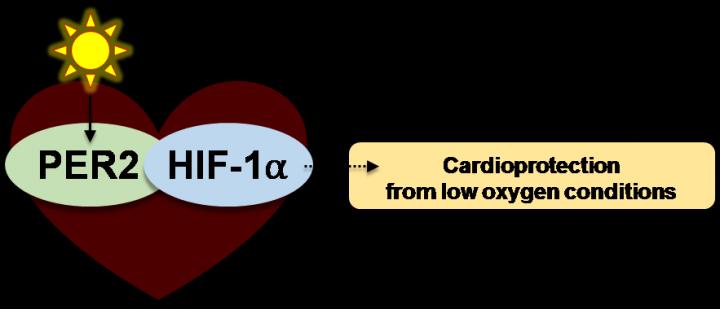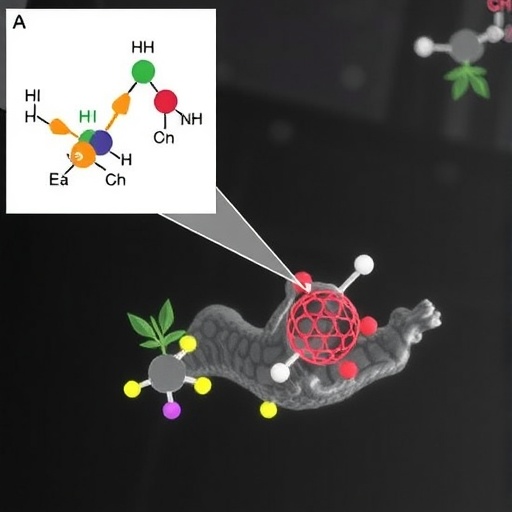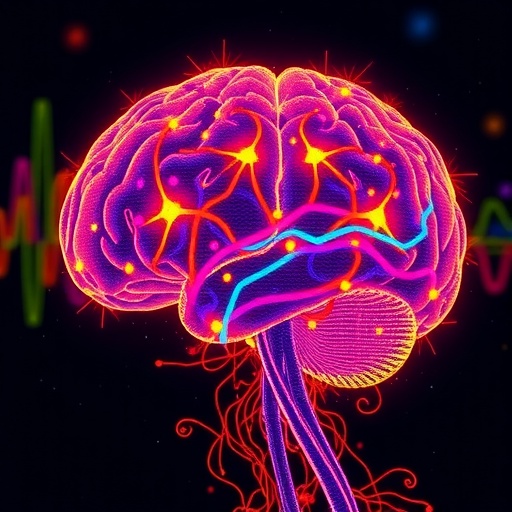This article by Dr. Tobias Eckle and Dr. Colleen Marie Bartman is published in Current Pharmaceutical Design, 2019

Credit: Tobias Eckle,
Bentham Science Publishers
Circadian rhythms are 24 hour cycles that are guided by exposure to alternating periods of day and night. These cycles affect biological activities in a variety of living organisms which are attuned to the circadian clock. A disturbance in circadian patterns is known to affect many biomolecular processes linked with metabolism and other physiological functions. Dr. Tobias Eckle and his team at the University of Colorado Anschutz Medical Campus have studied circadian rhythms in detail. Eckle’s recent research has specifically been directed towards identifying cellular adaptive mechanisms during hypoxic conditions such as myocardial ischemia – one of the leading causes of morbidity and mortality worldwide. The team has published their review in Current Pharmaceutical Design.
Adenosine signaling has been implicated in cardiac adaptation to limited oxygen availability. In a wide search for adenosine receptor elicited cardio-adaptive responses, Eckle’s group identified the circadian rhythm protein period 2 (PER2) as an adenosine signaling target. The researchers found that PER2 KO mice had larger infarct sizes and a limited ability to use carbohydrates for oxygen-efficient glycolysis compared to wild-type mice. This impairment was caused by a failure to stabilize the oxygen sensor hypoxia-inducible factor-1 alpha (HIF1A). Moreover, stabilization of PER2 in the heart by exposing mice to intense light resulted in the transcriptional induction of HIF1A regulated glycolytic enzymes and PER2-dependent cardio-protection from ischemia. Ongoing studies are attempting to elucidate the role of the light regulated circadian rhythm protein PER2 as an oxygen and metabolic sensor during conditions of limited oxygen availability.
In their comprehensive review article, Eckle et al. discuss an evolutionary link between light and oxygen sensing pathways in depth and provide an insight into molecular and cellular adaptation for resilience to adverse changes in the environment:
The appearance of sunlight and oxygen on earth were undoubtedly the most dramatic environmental changes during evolution. As a result, almost all organisms on this planet are equipped with light and oxygen sensing pathways. Notably, light sensing and oxygen sensing pathways in mammals are linked on a cellular level: Hypoxia inducible factor 1? (HIF1A), an evolutionarily conserved transcription factor enabling cellular adaptation to low oxygen availability, belongs to the same protein family as the light-regulated circadian core protein Period 2 (PER2). Both belong to the PAS domain superfamily of signal sensors for oxygen, light, or metabolism. As such, Hif1? messenger RNA levels cycle in a circadian manner in mouse cardiac tissue and rhythmic oxygen levels reset the circadian clock through HIF1A. “This evolutionary conserved relationship between light (circadian) and oxygen sensing pathways suggests a role for light elicited circadian rhythm proteins in disease states of low oxygen availability, such as myocardial ischemia,” states Eckle. He concludes that “Insights gained from an advanced understanding of this evolutionarily conserved relationship between light and oxygen sensing pathways, will ultimately provide new therapeutic opportunities to treat such diseases.”
###
This work was supported by the NIH-NHLBI grant 5R01HL122472.
For further details, please visit: http://www.
Media Contact
Faizan ul Haq
[email protected]
Related Journal Article
http://dx.




